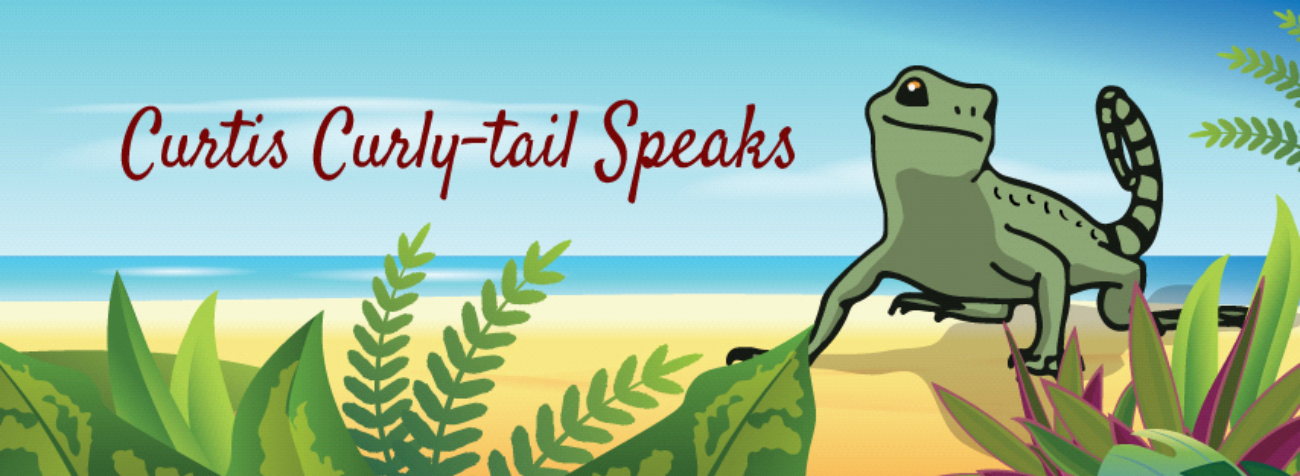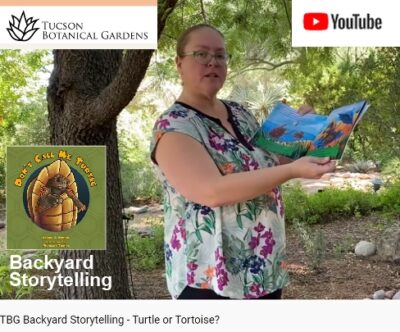Sea Oats: Feeding Insects & Birds and Protecting the Coastlines by Author Elaine A. Powers
In my children’s science books, you’ve read about the land-building ability of red mangroves and how the black mangroves help maintain that land. Another important plant in the maintenance of beaches and sand dunes are the sea oats, Uniola paniculata. This is very important in hurricane-prone areas as a buffer against the ravages of the storm waves. Sea oats like to live on the ocean edge, up to the high tide mark in southeastern US, eastern Mexico and some Caribbean islands. They can spread quickly and tolerate sea water and salt spray.
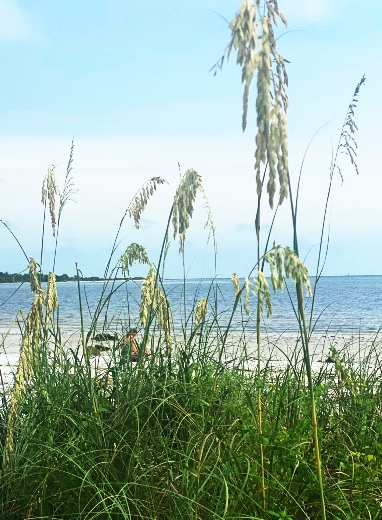 Sea oats spread by underground rhizomes, stabilizing the sand. The leaves trap more wind-blown sand, allowing for more dune formation.
Sea oats spread by underground rhizomes, stabilizing the sand. The leaves trap more wind-blown sand, allowing for more dune formation.
Sea oats get their common name from the seed heads that become golden brown in late summer. The plants provide food and habitat for animals from insects to birds.
It’s illegal to remove sea oats, due to their environmental importance. For many years, people took sea oats to use for decorations, but nowadays their growth is encouraged, like this bunch at Bunche Beach in Ft. Myers, FL. You can buy sea oats plants from nurseries to plant on your property.
I had not heard of humans eating sea oats but did find online that the seeds can be cooked like a cereal or ground into a flour that can be made into bread. They do look like they might be tasty.
 The next time you visit the beach, take a look at the native plants along the edge. After all, they are responsible for holding that beach in place and protecting the coast from storms.
The next time you visit the beach, take a look at the native plants along the edge. After all, they are responsible for holding that beach in place and protecting the coast from storms.
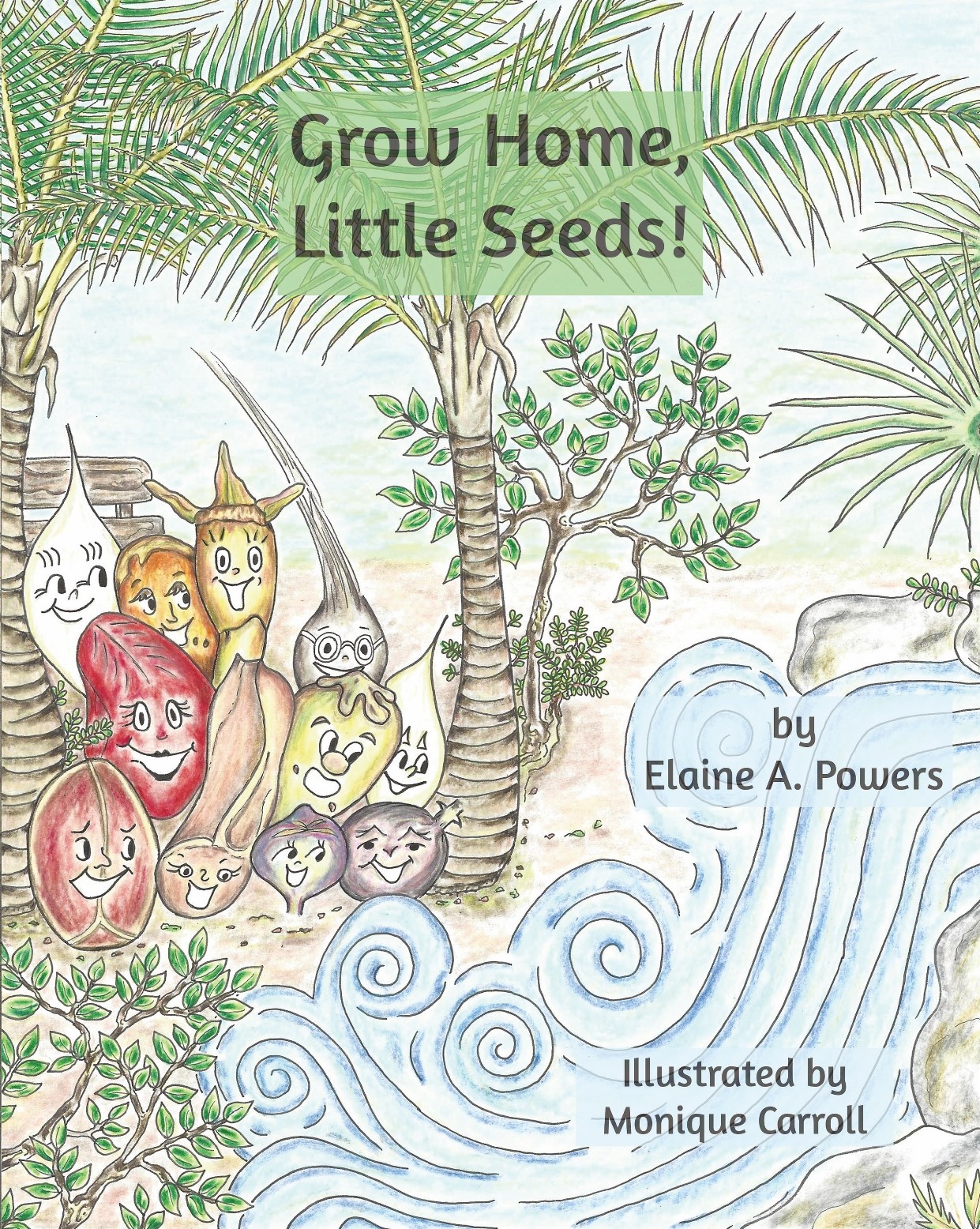
For more about these valuable plants, I invite you to read Grow Home, Little Seeds and Curtis Curly-tail is Blown Away.
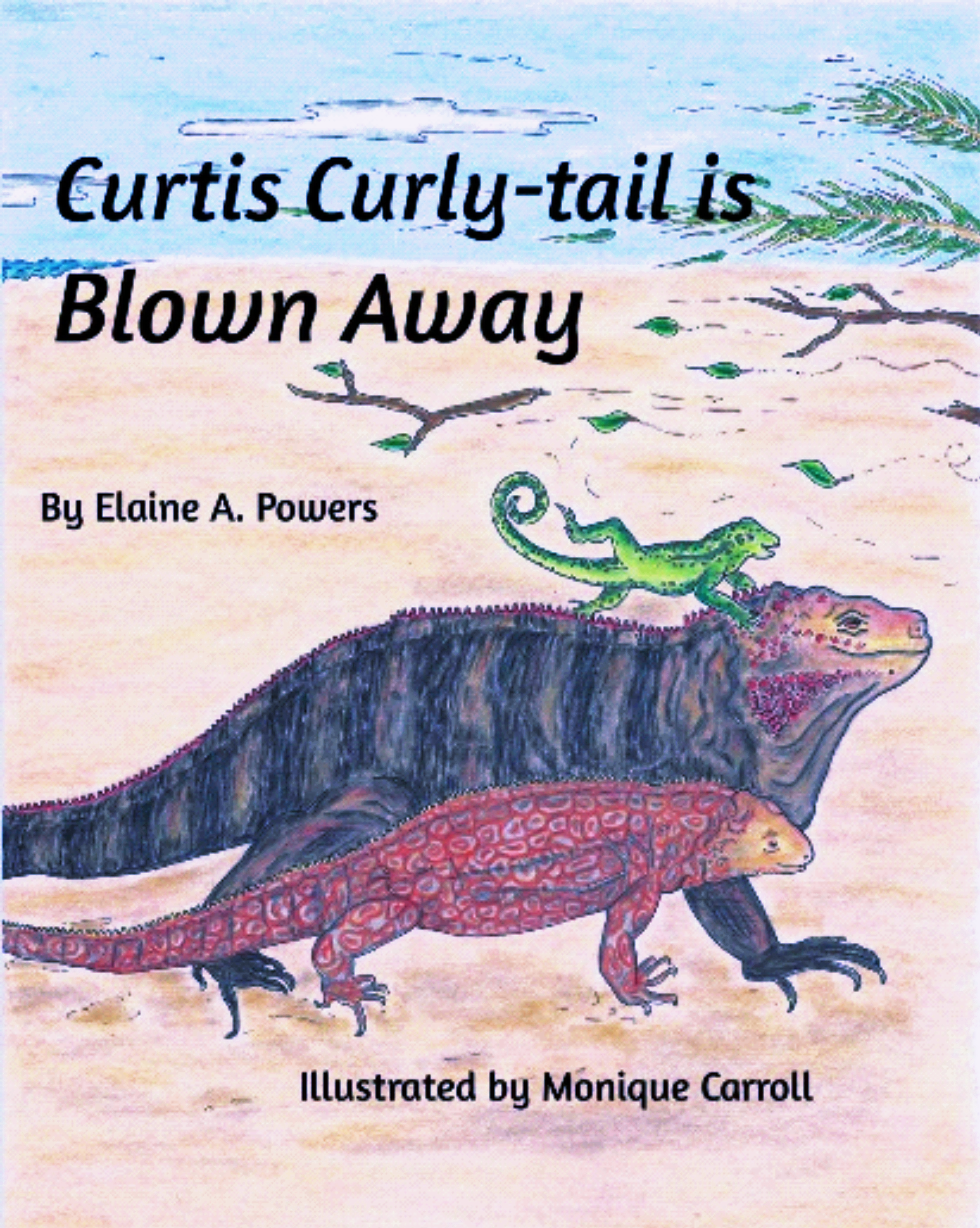
Curtis Curly-tail wants to help his friends survive an impending hurricane. But Curtis is blown away! What happens to the iguanas on Beach Cay?
Will Curtis be blown back home to Warderick Wells?
An Adventure Tale For Readers Age 8+
#elaineapowers
#lyricpower
#seaoats
#beachplants
#beachprotection
To learn about our latest science-based children’s books and workbooks, to read our latest blog posts about reptiles, birds, cats, and gardening, in a variety of locations, and about how the books come to be, what inspires an author to write, and many more interesting aspects of the publishing business, fill in the box below and we will add you to our email list.
Thank you!
